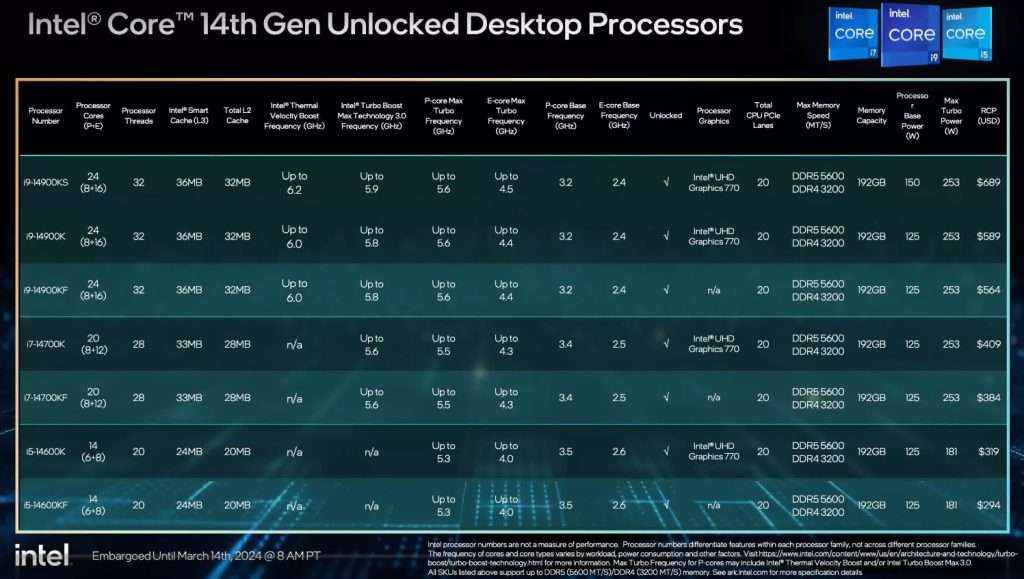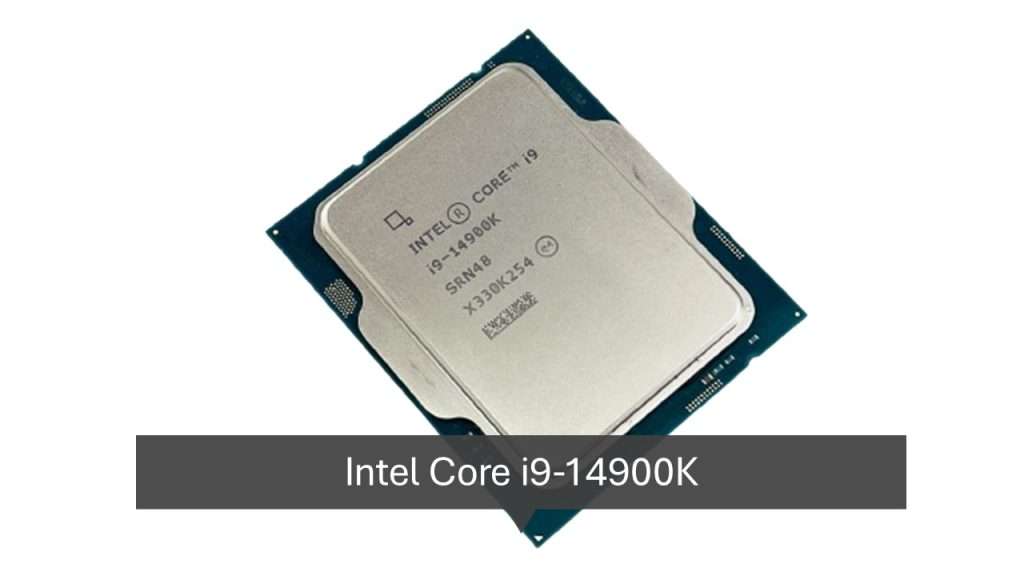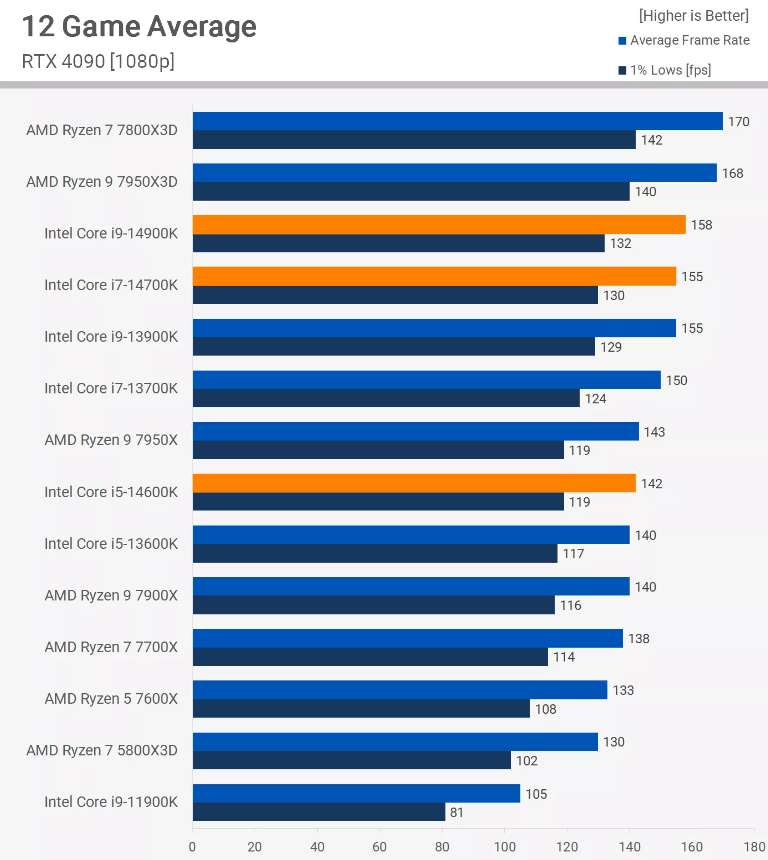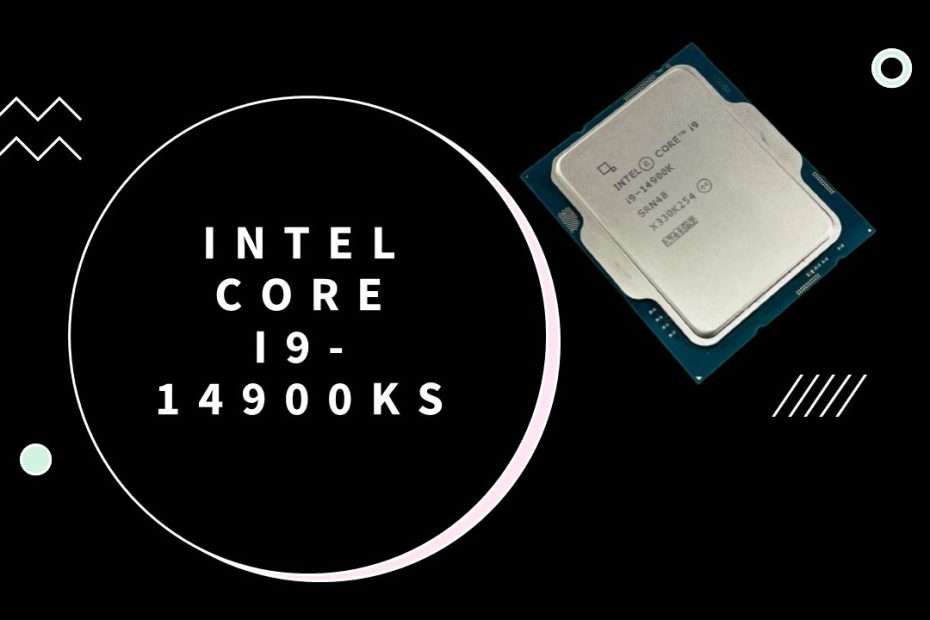The 14900KS, Intel’s latest flagship processor, offers only a modest upgrade from its predecessor, the 14900K. This new iteration essentially builds upon the foundation of its predecessors, the 13900KS and 13900K, by using the same silicon architecture. This marks the fourth consecutive Intel flagship processor that maintains a similar foundation, showcasing a trend of incremental improvements rather than drastic shifts in performance.
In essence, the 14900KS continues Intel’s tradition of refining its top-tier processors without significant leaps in architecture. It inherits the familiar silicon of its predecessors, maintaining a pattern seen in the 13900KS and 13900K. Despite being touted as the “fastest ever” in Intel’s lineup, the 14900KS presents a subtle evolution rather than a revolutionary leap forward in processing power.
The comparison between Intel’s 14900KS and 14900K reveals notable improvements in clock speeds and power ratings. The 14900KS boasts a higher maximum clock speed of 6.2 GHz for its “Thermal Velocity Boost“, a step up from the 6.0 GHz found in the 14900K. Additionally, the standard Turbo Boost 3.0 clock and E-core boost frequency have both seen a 100 MHz increase. These enhancements come with a corresponding adjustment in power ratings; the base power rating has been elevated from 125W to 150W to support the increased performance, while the max turbo power remains constant at 253 watts.

The 14900KS largely retains the specifications of its predecessor, the 14900K, with the only significant difference being the improved clock speeds under optimal conditions. Featuring the same 24-core design comprising 8 P cores and 16 E cores, the architecture, L3 cache, L2 cache, base frequencies, and memory specifications all remain unchanged. Essentially, the 14900KS is a continuation of the 14900K with a slight enhancement in clock speed, capable of about a 3% increase in performance when conditions are optimal. This minor improvement suggests the use of potentially higher-quality silicon, indicating that the new processor is likely to feature better binned chips.
Across the iterations from the 13900K to the current 14900KS, there has been a steady increase in maximum P-core frequency. The 13900K began with 5.8 GHz, which then jumped to 6.0 GHz for both the 13900KS and 14900K, and now reaches 6.2 GHz with the 14900KS. This progression reflects a total increase of 400 MHz in P-core frequency over these four products. However, when considering Intel’s basic turbo spec, this increase amounts to just 200 MHz. Additionally, the E-cores have only seen a 100 MHz increase across these iterations, indicating a more conservative advancement in these core frequencies.
However, the price tag attached to this new CPU might come as a surprise to potential buyers. Priced at a substantial $700, this new variant significantly exceeds the $545 cost of its predecessor, the Core i9-14900K, making the KS model over 20% more expensive. Comparatively, the 14900KS bears even less appeal when considering its similarity to the Core i9-13900K, available for as little as $520. This means that purchasers of the 14900KS would be paying a premium of 34% for a chip that is essentially the same, albeit with slightly higher clock speeds and potentially better silicon binning.

Taking a historical perspective, Intel’s introduction of the Core i9-14900KS continues its tradition of KS processors, which have previously included the 9900KS, 12900KS, and 13900KS models. These iterations have consistently offered incremental performance improvements over their non-KS counterparts. The 14900K, for instance, showed a 2% speed increase compared to the 13900K, thanks to its 3% frequency boost. As such, expectations are that the 14900KS will likely deliver a comparable enhancement in performance, continuing the trend seen in previous KS releases. Further evaluations and tests will be needed to verify this assumption and provide a comprehensive understanding of the new processor’s capabilities.

In the realm of gaming performance, AMD’s X3D chips, especially the 7800X3D, delivered exceptional results in recent testing. Games like Assassin’s Creed Mirage, Baldur’s Gate 3, and Star Wars Jedi Survivor ran smoothly on these chips, with only Starfield presenting a subpar performance for AMD. Analysis of the benchmarks revealed that the 7800X3D surpassed the 14900K and 14700K by 7% and 10%, respectively. Similarly, the 14600K showed a 4% and 8% improvement over the 7700X and 7600X, respectively. When compared to their 13th generation counterparts, the 14900K and 14700K exhibited a 3% speed increase, while the 14600K demonstrated a slight edge at just 1% faster.
Maybe you liked other interesting articles?

